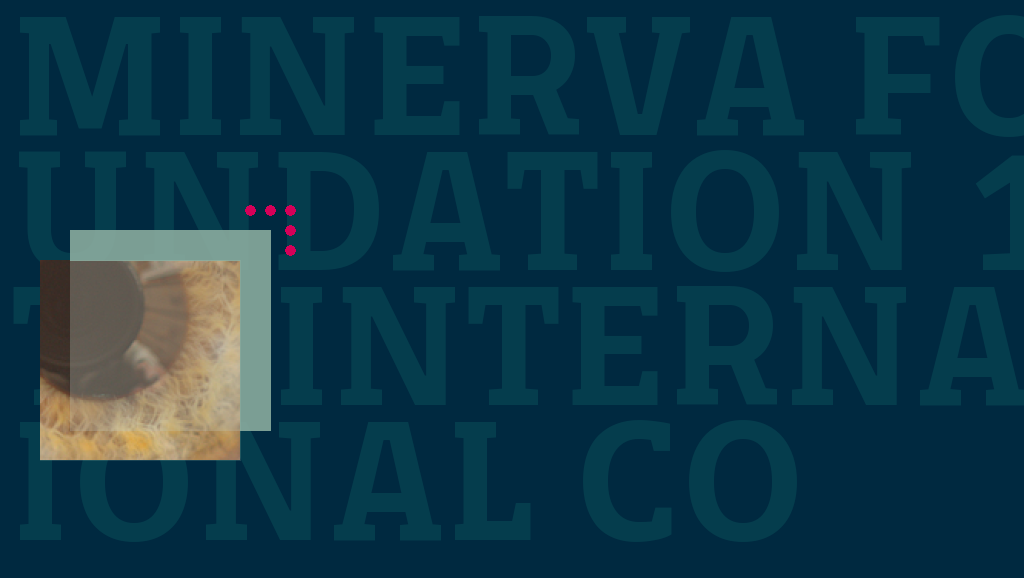On 6th and 7th of September, the Minerva Foundation holds its 11th International Conference on Neuroesthetics in San Francisco California, at UC Berkley.
The Minerva Foundation is a not-for-profit, charitable foundation, dedicated to promoting original and challenging approaches to the study of the visual brain. Their aim is to encourage original research which leads to the understanding of brain and visual function, and they also recognize this effort through their annual Golden Brain Award. The International Conference on Neuroesthetics aims to shed light on the elusive experience of both the creator and the beholder of art in all its possible forms.
This year’s conference is entitled Seeing Knowing: Vision, Knowledge, Cognition, and Aesthetics, and long time Foundation collaborator Cristina Grasseni will be one of the speakers on Sunday afternoon.
Grasseni will present her paper “Skilled Visions: ecologies of belonging and sensorial apprenticeship”, an outline of which is available below:
Skilled Visions: ecologies of belonging and sensorial apprenticeship, Cristina Grasseni.
The talk draws on a qualitative approach to understanding seeing and knowing. The anthropology of vision is the ethnographic observation of different “communities of practice” (a notion introduced by anthropologist Jean Lave) that are engaged with seeing/knowing. Visual apprenticeship is a form of relational and situated learning – examples will be offered from ethnographic fieldwork with dairy breeders in the Italian Alps and the Italian American community in Boston. This line of research continues in current study of the “Reinvention of food” in Italy and the US (Gastronomica, forthcoming special issue, edited with Heather Paxson).
Skilled Visions are ways of seeing that are socially inculcated as modes of perception and action. In other words, they are the result of apprenticeship, both within professional communities and in social life. What I call “ecologies of belonging” are the material and social environments in which such apprenticeship takes place. People learn to perceive in ways that remain opaque to those who do not share the same “education of attention” (to use a phrase coined by psychologist J.J. Gibson). How do people learn to decipher and connect with their professional, material, and social environment? How do they harness perception to a sense of identity and belonging?
Visual apprenticeship does not deal with the eye alone, but also with a concurrent multi-sensorial “enskilment” – to use an expression of anthropologist Tim Ingold. Sensorial apprenticeship goes hand in hand with the anthropological performance of cultural identity as an everyday practice.
(photo: Tom *Insert Eye Pun Here* by joeatkin97 from Flickr)
















